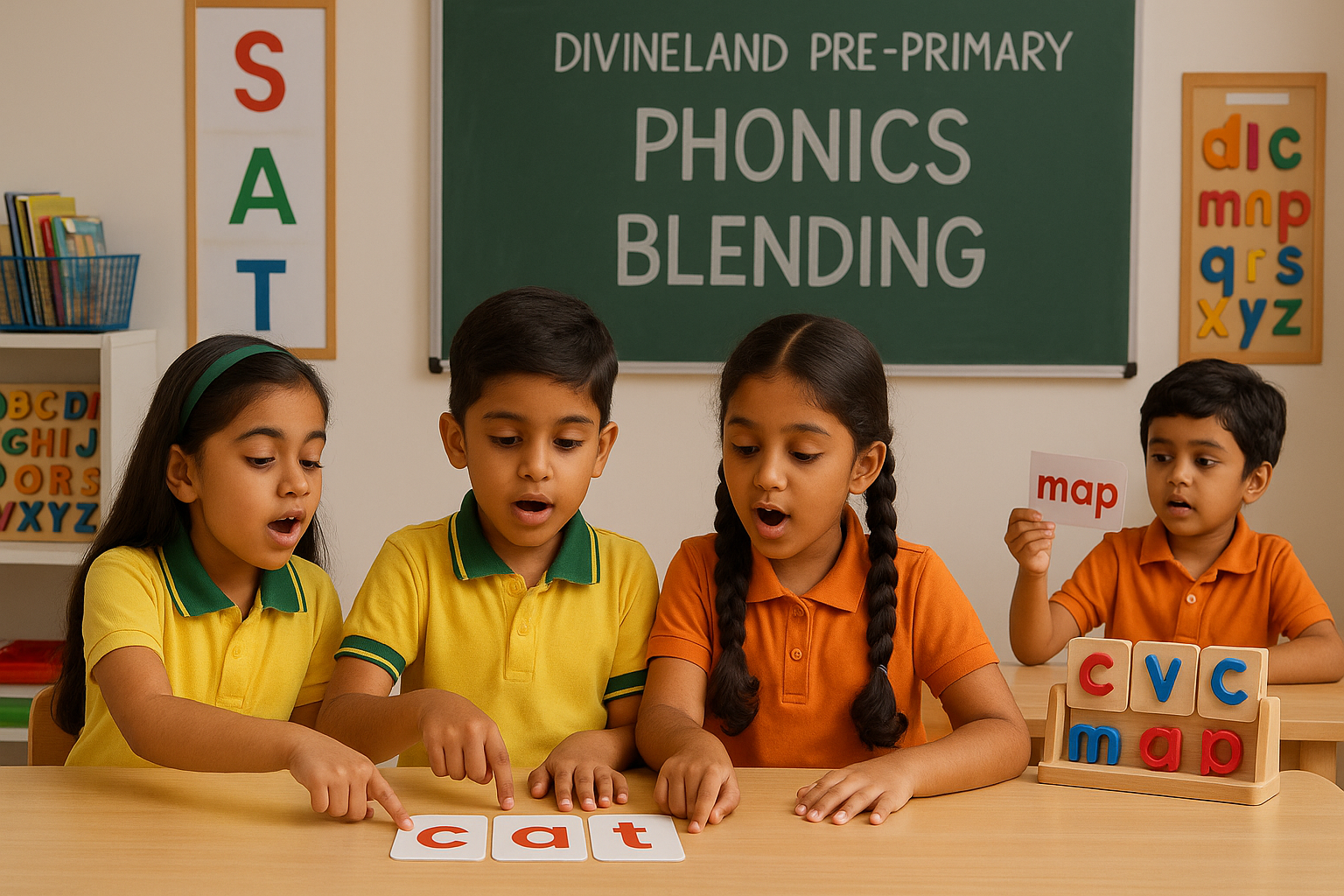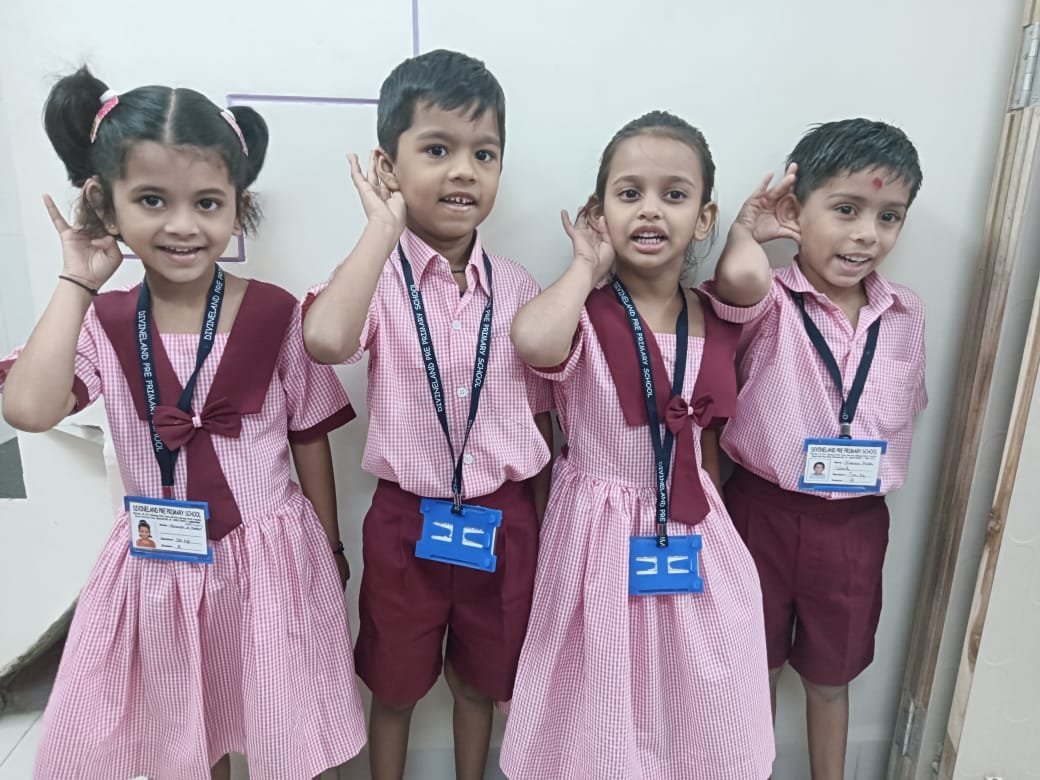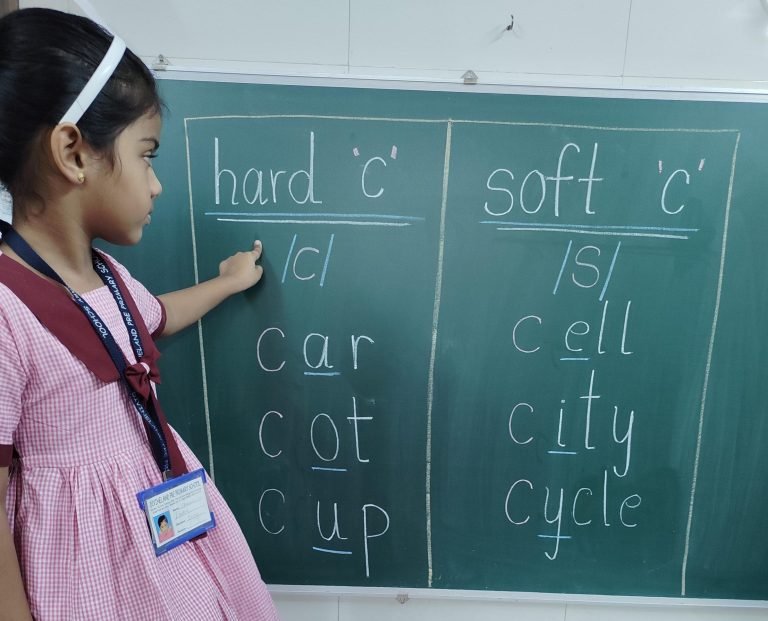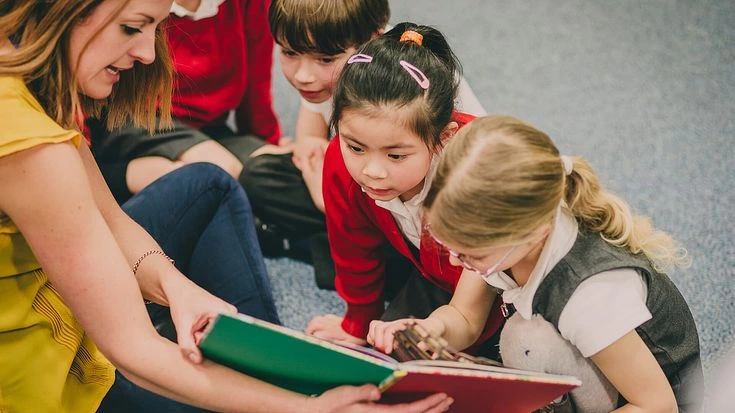
Teaching Letter Sounds is one of the first stages in helping children learn to read. It lets kids link spoken sounds with written letters, which makes the base for firm reading and spelling abilities.
Through fun songs, games, and everyday dialogues, Teaching Letter Sounds turns out to be a normal part of a child’s routine. With the correct methods, Teaching Letter Sounds can improve a child’s confidence and learning becomes enjoyable, building the platform for future language development.
Why Is Teaching Letter Sounds Important?
Understanding letter sounds is the basis of phonics. Phonics helps kids link written letters to spoken sounds. When they see that the letter “b” makes the /b/ sound or “s” makes the /s/ sound, they can start blending those sounds into full words.
Teaching Letter Sounds helps children to:
- Identify letters and their matching sounds
- Blend sounds to make words (e.g., c-a-t becomes cat)
- Improve reading ease and word identification
- Form stronger spelling habits
- Teach early writing skills
For more details, Call or Whastapp on +918591021373 / +919082778593.
Click Here, to download the brochure!
Key Strategies for Teaching Letter Sounds
Here are some useful methods to back up Teaching Letter Sounds to kids. Every plan can be made to fit a child’s speed and interests.
Start with Letter Sounds, Not Letter Names
- Most kids learn the letters by singing the ABC song. Even if this is fun, the purpose of reading should be the sound every letter makes.
- Before teaching vowels, Start with common consonant sounds like /m/, /s/, /t/, and /p/.
Why this helps:
Kids who learn sounds first can more easily combine them into words afterwards. This makes Teaching Letter Sounds full of meaning and useful for primary reading.
Use Visual and Auditory Cues
- Use flashcards with perfect pictures that match the letter sound. For example, show “A” with an apple to teach the /a/ sound.
- Repeat the sound loudly, slowly, and allow the child to copy you.
Why this helps:
Images reinforce sound recognition, and repetition forms memory. This is a practical method in Teaching Letter Sounds to young learners.
Introduce Letters in Small Groups
- Avoid teaching all the letters at the same time. Instead, reduce it into sets of 3–5 letters.
- Start with high-frequency sounds used in simple words (e.g., s, a, t, p, i, n).
Why this helps:
This makes learning handy. Kids feel more positive when they can focus on a few sounds and shapes from there. This small-step method backs solid progress in Teaching Letter Sounds.
Play Sound Matching Games
- Say a sound and ask the kid to find an object or card starting with that sound.
- Play games like “I Spy” with sounds (“I spy something that starts with /b/”).
Why this helps:
Games make the method full of fun and stress-free. Repeating sounds through fun events makes the sound-to-letter connection strong in Teaching Letter Sounds.
Blend Sounds
- After a child learning every letter sound, teach the child how to blend.
- Start with CVC (consonant-vowel-consonant) words like “cat,” “dog,” or “sun.”
- To help children say every sound and then blend them into a word, use finger-pointing or counters.
Why this helps:
Blending is a key part of reading. It connects isolated letter sounds to whole-word reading—an essential goal in Teaching Letter Sounds.
Repeat and Review Regularly
- Go back to the sounds learned earlier each day.
- Combine old and new sounds to keep memory fresh and build ease.
Why this helps:
Repetition is necessary. Repeated evaluation makes Teaching Letter Sounds more effective and helps kids feel confident.
Encourage Writing Along with Sounds
- Teach kids to trace or write letters while saying the sounds out loud.
- Give sand trays, markers, or finger paint for multi-sensory actions.
Why this helps:
Linking writing with sound develops understanding. It helps phonics improve and supports what is learned in Teaching Letter Sounds sessions.

Tips for Parents and Educators
To make the Teaching Letter sound fruitful:
- Have sitting short and balanced (10–15 minutes daily).
- Use good words and cheer for trying, not just right answers.
- Follow the child’s speed— don’t rush.
- Use songs and rhymes that highlight sounds.
- Celebrate small achievements to motivate.
Teaching Letter Sounds gives children the help they need to read with sureness. In Divineland’s Phonics Classes, with easy-going guidance, practical activities, and joyful repeated efforts, kids can learn letter sounds in a fun and normal way. Whether you’re a parent or a teacher, using these clear plans will help form a strong learning base. Make Teaching Letter Sounds part of your daily plan, and you’ll see how fast kids begin to link letters with language.
Boost your child’s reading skills—join Divineland’s Phonics Classes today!
For more details, Call or Whastapp on +918591021373 / +919082778593.
Click Here, to download the brochure!
FAQs
What is the Best Age to Start Teaching Letter Sounds?
Children can start learning letter sounds around age 3, using songs, stories, and games that match their attention span and developmental stage.
How do Letter Sounds Help in Early Reading?
Knowing letter sounds helps kids blend sounds into words, building a strong base for reading fluency, vocabulary, and overall language development.
Where can I Enroll My Child for Phonics Learning?
Divineland's Phonics Classes offer playful, structured lessons to teach letter sounds, making learning fun and effective for preschoolers.


